101: Intro to Organic Milk
While we may imagine or wish our dairy products came from the ‘quintessential’ farm, such as the one featured in the photo below, this is rarely, if ever, the case.
I thought I would make this blog post title a play off my now behind-me-college-years. Today’s topic will cover organic milk and other dairy products…but where to start? While I am by no means an expert on the subject, I do consider myself fairly knowledgeable about organic and health foods. I enjoy reading, watching, and learning about food–whether in the form of a nutrition class, which I am currently enrolled in, reading books such as Michael Pollan’s The Omnivores Dilemna, or documentaries, like the recent oscar-nominated film Food, Inc.
Until just recently, I assumed, like probably most other consumers out there, that organic products generally had to play by the same USDA standards. While some might call me ignorant, I generally believed that organic milk must come from similarly treated dairy cows (perhaps with the exception of local farmer’s market dairy products). Therefore, why buy the expensive name brand version when you can get the cheaper generic store variety (ie. Trader Joes, Giant, Safeway, Walmart..etc) for significantly less buckaroos. While this sense of logic definitely does not apply to all my spending habits, it generally has applied to organic products that are virtually indistinguishable from one another, such as milk. However, as I learned in my nutrition class earlier this week, not all organic milk brands are made equal.
Buying Horizon organic milk? Think again.
In fact, there is a huge discrepancy in quality, standards, and general farming procedures among national and local organic dairy, specifically cow milk, products. According to extensive research conducted by the Cornucopia Institute, an organization dedicated to protecting family and local small-scale farmers:
From looking at graphic images of contented cows on luscious grass, or reading the heartfelt messages on some of the dairy product packaging proclaiming a deep and abiding reverence for the foundational philosophies of organic dairy production, consumers would never know whether their milk is coming from industrial-scale confinement farms—with questionable environmental, labor and animal husbandry track records—or from family-scale farms with a strong connection and respect for the land and animals. This report is intended to help you make purchasing decisions independent of industry chaff and PR (source: Cornucopia Organic Dairy Report)
Based on research on the purchasing and milk production practices, the Cornucopia Institute provides ratings for both national and regional organic dairy companies with “cow” stars, with 5 cows signaling the highest rating (outstanding) and 0 cows the lowest(ethically deficient). This represents a refreshing degree of transparency that is often lacking in both the organic and conventional food industry, which generally keeps this sort of information out of the public eye. Click here to read the full research report and read below for a brief summary of the findings.
Highly Rated National Dairy Brands:
- Butterworks Farms (local artisanal yogurt company stationed in Vermont, whose products can be found at Whole Foods)
- Wallaby yogurt (Napa valley based products also found at Whole Foods)
- Whole Foods Market 365 Brand
- Stonyfield
- Organic Valley
- Lifeway (produces Kefir yogurt drinks available at national supermarket chains, as well as Whole Foods)
Poorly Rated National Dairy Brands:
- Horizon (deemed “ethically deficient” with a zero cow rating)
- Several generic brands, such as Safeway, Giant, Trader Joes, Costco, and Target
Dairy producers with low ratings have been found to have questionable farming standards or generally source their milk from factory farms producing both conventional and organic milk. These factory and industrial sized farms contain thousands of cows and place them in confinement conditions with little access to outdoor space. Several of the dairy producers with high cow ratings, on the other hand, source dairy milk from local dairy farms, supporting small-scale agriculture, local economies, and generally more humane and environmentally friendly farming practices. To me (maybe not all), this distinction is worth the small difference in price between different organic products. However, if one cannot afford it, certain private labels, such as Whole Foods 365 Brand, which have a high quality rating, are cheaper than other generic versions, such as Trader Joe’s and Giant.
This concludes what I hope was both an informative and surprising post, particularly for those of you out there who are currently purchasing organic milk and dairy products! Here’s to happy cows!

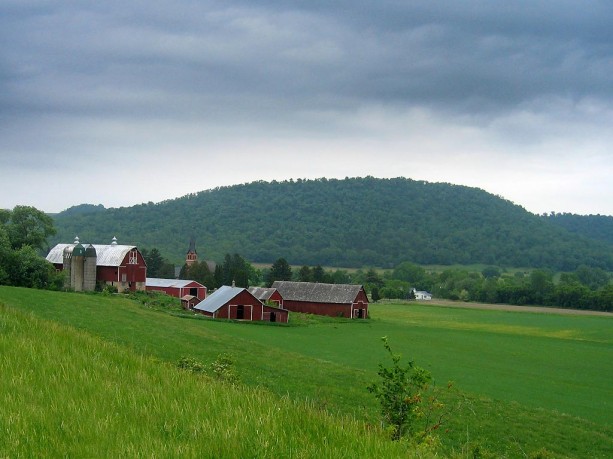
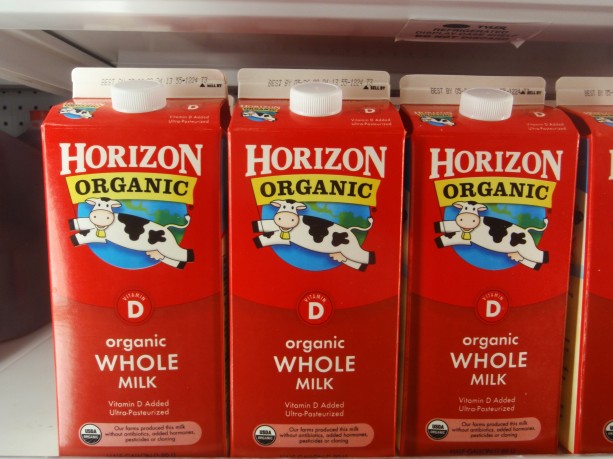
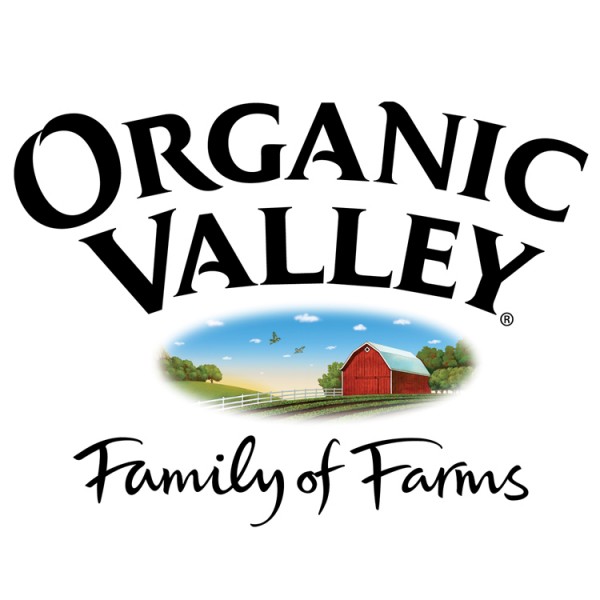
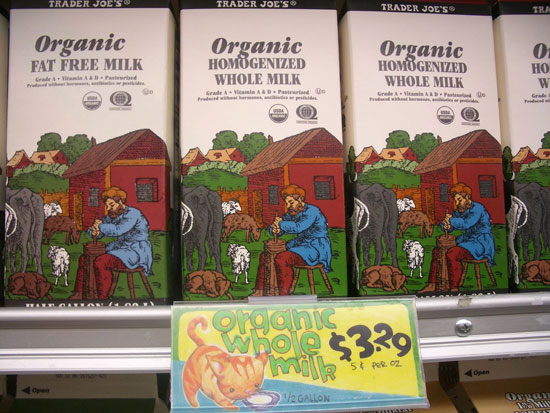
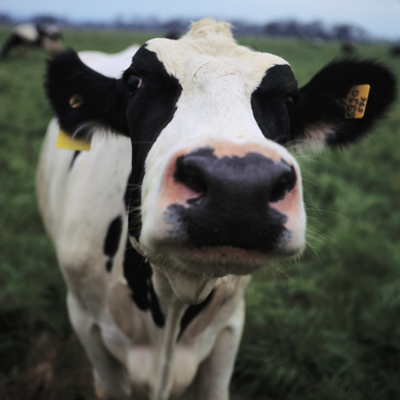
3 Comments on “101: Intro to Organic Milk”
Great post. I started researching organic products a few years back when we started switching over in my house. It was crazy how many levels a company has to go through before I realize they are what my definition of organic is. Another thing I realized is that organic milk is still so much cheaper than butter and ice cream. Going to start using the milk to make my own products at home (hopefully). Thanks again for posting!
I love this post Laura! I always buy Organic Valley because I remember reading in a book somewhere that Horizon wasn’t as high quality. More people need to know that just because it’s labeled “organic” doesn’t mean it’s humane.
Thanks!! I actually had a lot of fun writing this one, I need to write some more similar posts. Organic Valley is a great one! And I completely agree about that statement, people need to realize that certain companies are as different as night and day. Organic doesn’t always mean good!